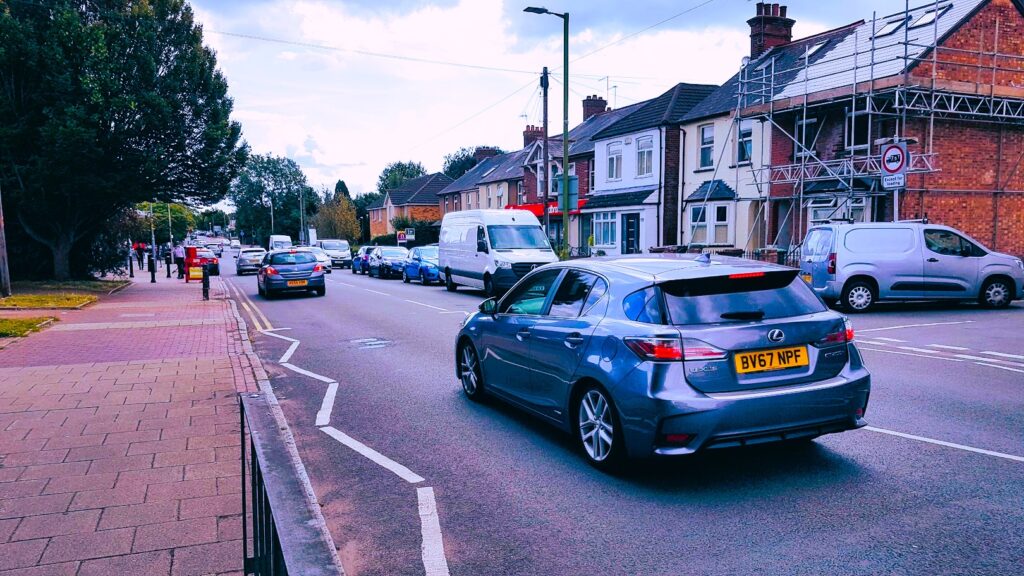New model seeks to reduce teen drunken driving

Cars driving along a road. — Image by © Tim Sandle
Drunken driving claims 37 lives daily in the U.S. with teen and young adult drivers disproportionately involved. Alcohol-impaired driving is influenced by numerous interconnected factors and long delays between actions and outcomes, complicating policymaking and increasing the risk of unintended consequences. Understanding these dynamics is crucial for crafting effective interventions.
Looking at the causes and solutions is Niyousha Hosseinichimeh in the College of Engineering. The academic has partnered with researchers across the U.S. (including Federico Vaca, a physician with the University of California, Irvine) to create a simulation model that examines how numerous public health interventions affect fatalities.
In prior research published in 2022, the scientists mapped out how factors such as peer influence, parental monitoring and alcohol advertising connect. They found prevention needed a multifactor approach.
What this earlier research needed was a model. Research related to drunk driving prevention is abound, but utilizing modelling and systems engineering is key to providing new perspectives.
Hosseinichimeh developed a model, but it needed to be tested. By using innovative modelling, the team developed a system dynamics simulation model using group modelling sessions with input from various health and safety experts.
Utilizing the simulation model, the researchers successfully tested single intervention factors, such as increasing alternative transportation through both public or ride sharing services, enacting new restrictive laws across the U.S., and higher law enforcement presence.
The model was calibrated with data such as FBI arrests, interviews from adolescent drivers, and national fatality information, accurately replicated historical trends for people ages 15 to 24.
The model has identified that the best way to reduce alcohol-related crashes among teens and young adults is not through a single measure, but a combined intervention strategy with three tenants. These are:
- Enactment of a new restrictive law in 50 states, such as lowering the legal limits for blood alcohol content (BAC) while driving.
- Providing more alternative transportation.
- Higher enforcement, such as increased police presence or checkpoints on roadways.
These findings underscore the importance of Hosseinichimeh’s unique mathematical modelling, an approach which allows researchers to test multiple interventions and evaluate outcomes in real time to better address the complex public health and societal issue.
“The system is very complex, and not a single discipline can provide an effective solution to reduce impaired driving,” Hosseinichimeh explains. “We aim to provide policymakers with a better understanding of the potential impacts of their decisions.”
The research has been published in the journal of Social Science & Medicine. The research is titled “Modeling of drinking and driving behaviors among adolescents and young adults in the United States: Complexities and Intervention outcomes.”
New model seeks to reduce teen drunken driving
#model #seeks #reduce #teen #drunken #driving





